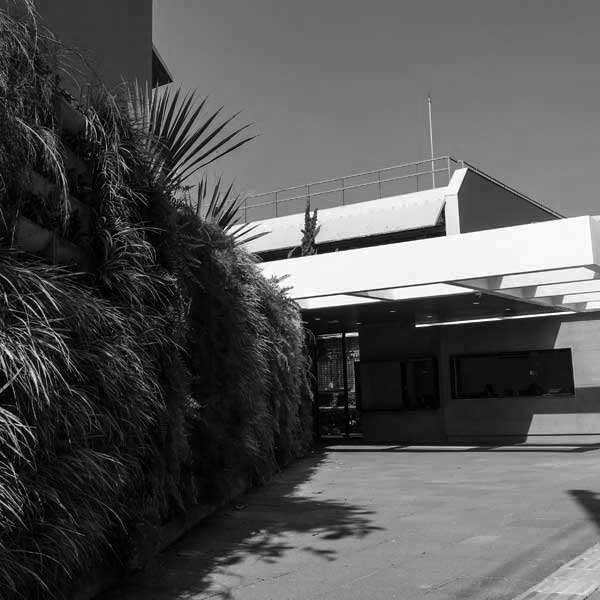History and Mission


ESPM's History
In 1951, a group of advertisers and marketing professionals decided to establish a school embodying excellence to advance the communication industry in Brazil. Initially, Rodolfo Lima Martensen developed a preliminary project which, upon receiving approval from Assis Chateaubriand, led to the formation of the country’s first School of Advertising.
During the inaugural lecture, Martensen passionately emphasized the profound impact of education on a nation’s culture and its people. From its inception, the ESPM has been unwavering in its dedication to educational excellence, expecting its teachers and students to uphold this noble purpose of the profession. The curriculum was meticulously designed to mirror this lofty ambition, inspiring all who were part of the institution.
Advertising, always aiming to capture the attention of the masses, does everything to give the public what it wants. If market research shows homemakers’ preference for radio dramas, significant investments are made in broadcasting low-quality, morally questionable soap operas. However, Martensen pointed out that the issue is not educational but sales-oriented; advertising exists to sell. He argued that selling can undermine principles and artistic taste or contribute to building good habits, enhancing culture, and beautifying life. Both approaches sell, but elevating advertising requires incredible difficulty and sophisticated techniques (Rodolfo Lima Martensen, 1952, ESPM, 2017, p.18).
In 1952, a non-degree course in advertising was launched at the São Paulo Museum of Art (MASP). The institution was officially named Escola de Propaganda de São Paulo in 1957, and in 1964, it was rebranded as Escola Superior de Propaganda de São Paulo. A decade later, the statute was amended to establish the Associação Escola Superior de Propaganda e Marketing (AESPM). In a significant milestone, recognized by the Brazilian government in May 1975, the advertising course was elevated to an undergraduate degree, symbolizing the institution’s growth and commitment to the ‘Those who do teach better’ (Ensina quem faz) approach.
The concept born in MASP evolved into a Center of Excellence in communication, marketing, and management education. Presently, ESPM has campuses in São Paulo (1989), Rio de Janeiro (1974), and Porto Alegre (1996), collectively hosting over 15,000 students and 750 professors in undergraduate, executive education, Master of Science, and Doctorate programs in communication and business.
ESPM currently offers nine undergraduate programs in communication (Advertising, Social Sciences and Consumption, design, cinema and Audiovisual, journalism), management (Business Administration, International Relations), Technology (Information Systems), and Law.
Our Mission
- Develop leaders capable of transforming business.
our purpose
- Conceive, in Brazil, centers of excellence in our areas of activity.
Our Vision
- Offering our students an obsessively focused background in Excellence – which includes academic quality; constant innovation of programs, methodologies, and experiences; proximity to the market; state-of-the-art infrastructure; and safe and conservative management – we will ensure the Perennity of the school, which is fundamental to support the career of ESPM former students.
Our Values
- Academic excellence
- Ethics and truth
- Initiative and freedom of speech
- Diversity, equity and inclusion
- Human and social progress
